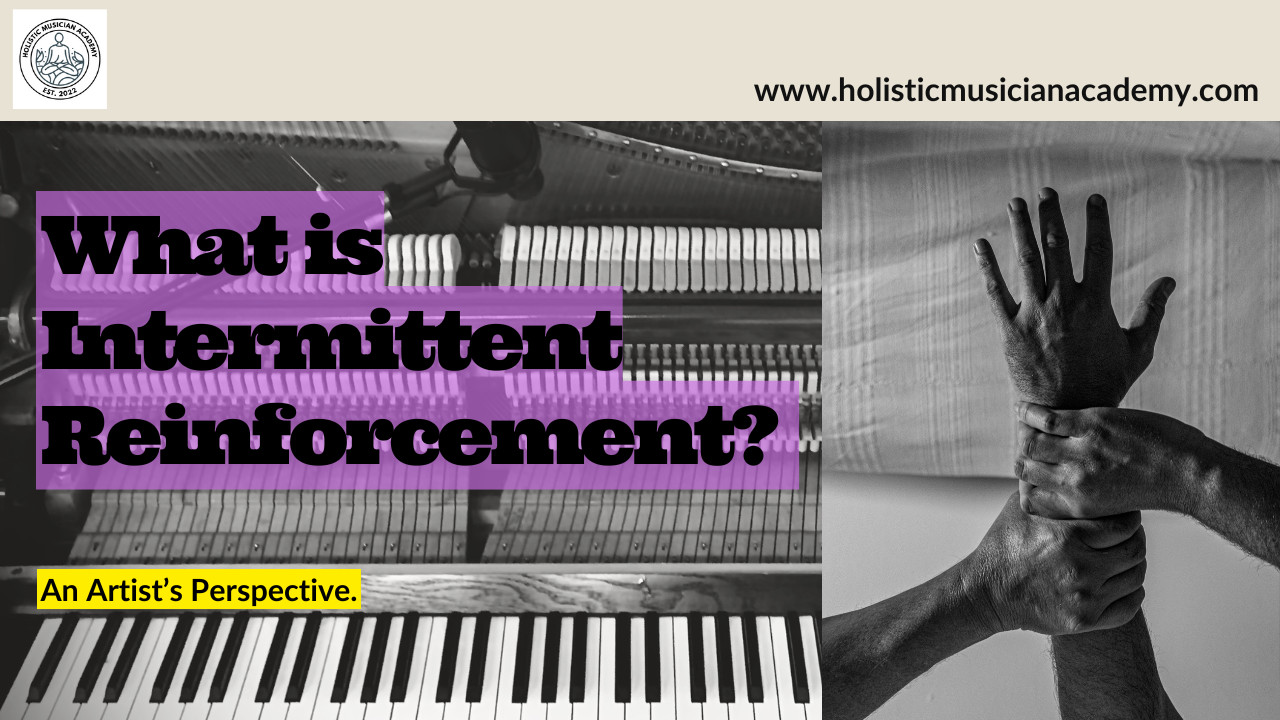
Some experiences echo so deeply, you don’t notice how they reshape your nervous system until much later.
You show up in a relationship. Some days, there’s tenderness. Connection. A gentle certainty that you’re seen.
Other days—you sense distance, absence, a shift in warmth.
No big confrontation. No clear goodbye. Just silence.
Then again, the presence of affection.
Other days—you sense distance, absence, a shift in warmth.
No big confrontation. No clear goodbye. Just silence.
Then again, the presence of affection.
It’s not abuse.
It’s not drama.
It’s inconsistency that quietly rewires you to accept instability as normal.
It’s not drama.
It’s inconsistency that quietly rewires you to accept instability as normal.
This is what psychologists call intermittent reinforcement—a reward schedule where feedback is inconsistent, unpredictable, and especially powerful in shaping behaviour (Ferster & Skinner, 1957).
And while it’s most commonly discussed in the context of gambling and abusive relationships, it silently underpins a great deal of how artists learn to relate to their creative ecosystems.
The Nervous System Doesn’t Speak English
One of the hardest things about intermittent reinforcement is that it doesn’t register through logic.
It happens in the nervous system.
In attachment patterns.
In the body’s memory of what it feels like to be noticed... or neglected.
In attachment patterns.
In the body’s memory of what it feels like to be noticed... or neglected.
Attachment theorists have long shown how inconsistent caregiving leads to anxious-preoccupied or disorganised attachment styles (Ainsworth et al., 1978; Main & Solomon, 1986). These early patterns shape how we regulate uncertainty later in life—including how we tolerate inconsistency in creative and professional spaces.
In short:
If the love you received growing up was unpredictable, your nervous system may have learned to equate inconsistency with intimacy.
Unpredictability becomes the normal baseline.
If the love you received growing up was unpredictable, your nervous system may have learned to equate inconsistency with intimacy.
Unpredictability becomes the normal baseline.
So when you're praised one day, ignored the next—when a collaborator disappears, then returns with warmth—your system doesn't see danger.
It sees possibility.
It sees possibility.
When It Becomes a Lifestyle
Over time, this emotional conditioning doesn’t just stay in relationships.
It shows up in how we build our lives.
It shows up in how we build our lives.
You learn to stay in rooms where the rules are always shifting.
To expect people to disappear.
To confuse validation with care.
To call your adaptability “professionalism,” when what it really is... is survival.
To expect people to disappear.
To confuse validation with care.
To call your adaptability “professionalism,” when what it really is... is survival.
This is where intermittent reinforcement becomes a lifestyle—and where it starts to bleed into our creative practice, industry relationships, and workspace behaviour.
The Artist's Career as an Intermittent Reward Loop
The parallels to artistic life are not just poetic—they’re systemic.
The music industry, in particular, has long relied on intermittent reward structures to manage artist behaviour:
- Occasional praise from gatekeepers, with long silences in between
- Public visibility offered in unpredictable, often opaque ways
- Resources (like playlist adds, grants, syncs) distributed inconsistently, fostering a culture of hope-chasing
In this sense, the system begins to mimic the same schedule of reinforcement that drives gambling addiction (American Psychiatric Association, 2013). The unpredictable nature of feedback makes it especially potent—and particularly dangerous for people whose work is tied to identity and emotion.
In the Rehearsal Room: Whiplash as a Case Study
This pattern doesn’t just show up in abstract industry structures. It’s alive and well in rehearsal rooms.
Think of the film Whiplash—a brutal portrait of a bandleader who alternates cruelty with praise, humiliation with moments of connection. The conductor’s approval is erratic, his cruelty justified as “motivation.” What makes the dynamic so painful isn’t just the yelling—it’s the rare, unpredictable moments of recognition.
And this dynamic is far from fictional. Many musicians will recognise the rehearsal room where one person holds the emotional power of the group—where kindness is rationed, and criticism floods the space. But occasionally, the bandleader smiles. Nods. Approves. And in that moment, every other moment seems worth it.
That’s not artistry. That’s conditioning.
And when you’ve internalised that inconsistency is part of being “serious” about your work, you stop questioning it. You learn to crave that nod instead of recognising the harm. You learn to call it greatness instead of what it is: intermittent reinforcement disguised as leadership.
Algorithms, Dopamine, and the New Gatekeepers
This pattern has become more extreme in the digital age.
Algorithms on platforms like Spotify, Instagram, and TikTok offer just enough visibility, just enough engagement, just enough reward to keep you producing.
But the metrics are inconsistent, the feedback loop is erratic, and the rewards rarely correlate directly with the quality or depth of your work.
But the metrics are inconsistent, the feedback loop is erratic, and the rewards rarely correlate directly with the quality or depth of your work.
Neuroscientific studies show that dopamine release is stronger when rewards are unpredictable than when they are guaranteed (Schultz, 1997). This unpredictability fosters compulsive behaviour—what’s sometimes referred to as a “dopamine treadmill.”
Artists are particularly vulnerable because the work isn’t separate from the self.
When your art is an extension of your emotional landscape, the stakes of intermittent reinforcement aren’t just professional. They’re personal. Somatic. Spiritual.
What It Costs
The cost of staying in these cycles is quiet and cumulative:
- You begin to mistrust your instincts.
- You shape your work around imagined expectations.
- You stay in projects that no longer nourish you because something might still come of them.
- You internalize the inconsistency as something you need to fix.
As trauma researcher Bessel van der Kolk (2014) puts it, “Being able to feel safe with other people is probably the single most important aspect of mental health.”
But artists, all too often, are trained to feel safe in unsafe rhythms—because we’ve been taught that the discomfort is what makes us “real.”
But artists, all too often, are trained to feel safe in unsafe rhythms—because we’ve been taught that the discomfort is what makes us “real.”
Repatterning: A Return to Rhythm Over Reward
Recovery from intermittent reinforcement isn't a productivity strategy.
It’s nervous system repair.
It’s reclaiming rhythm.
It’s remembering that your art can be in dialogue with the world without being chained to it.
It’s nervous system repair.
It’s reclaiming rhythm.
It’s remembering that your art can be in dialogue with the world without being chained to it.
Here’s where it starts:
1. Create reliable internal structures
Rituals. Process. Personal metrics of meaning.
Consistency doesn’t have to come from outside.
Consistency doesn’t have to come from outside.
2. Choose relationships that reflect mutual care
Not just excitement. Not just opportunity.
But emotional consistency.
But emotional consistency.
3. Let silence be silence—not a sign of failure
The absence of response isn’t the absence of worth.
4. Stay alert to the difference between support and access
Some people want proximity to your potential. That doesn’t mean they’re safe.
5. Anchor your creative practice in values, not variables
Spotify’s mood board shouldn’t shape your voice. Neither should someone else’s silence.
Final Thought
Intermittent reinforcement teaches us to stay close to what’s inconsistent.
To hope for scraps.
To confuse tension with truth.
To hope for scraps.
To confuse tension with truth.
But your work—and your nervous system—deserves better.
It deserves stability. Safety. Rhythm.
It deserves relationships—personal and professional—that reflect back your fullness, not your hunger.
It deserves stability. Safety. Rhythm.
It deserves relationships—personal and professional—that reflect back your fullness, not your hunger.
Because art, at its best, doesn’t come from guessing what the world wants.
It comes from remembering what you already are.
It comes from remembering what you already are.
References
- Ainsworth, M. D. S., Blehar, M. C., Waters, E., & Wall, S. (1978). Patterns of Attachment: A Psychological Study of the Strange Situation.
- American Psychiatric Association. (2013). Diagnostic and statistical manual of mental disorders (5th ed.).
- Ferster, C. B., & Skinner, B. F. (1957). Schedules of Reinforcement.
- Main, M., & Solomon, J. (1986). Discovery of an insecure-disorganized/disoriented attachment pattern.
- Schultz, W. (1997). Dopamine neurons and their role in reward mechanisms. Current Opinion in Neurobiology, 7(2), 191–197.
- van der Kolk, B. (2014). The Body Keeps the Score: Brain, Mind, and Body in the Healing of Trauma.
Join my free training.
Artist Mindmap 2.0 is a reimagined 6-day email mini-course designed for serious, sensitive, and soulful artists who want more than
surface-level hacks.
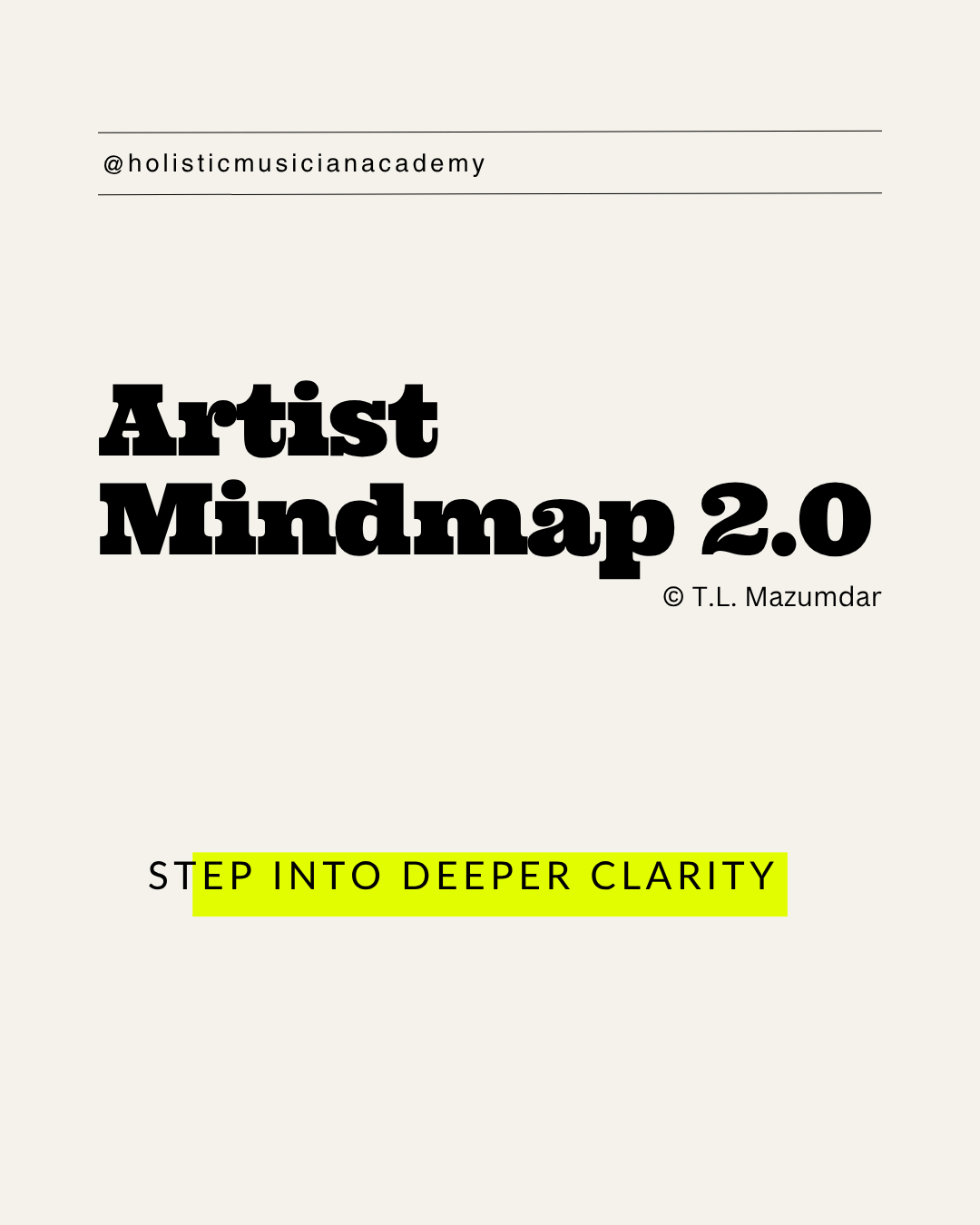


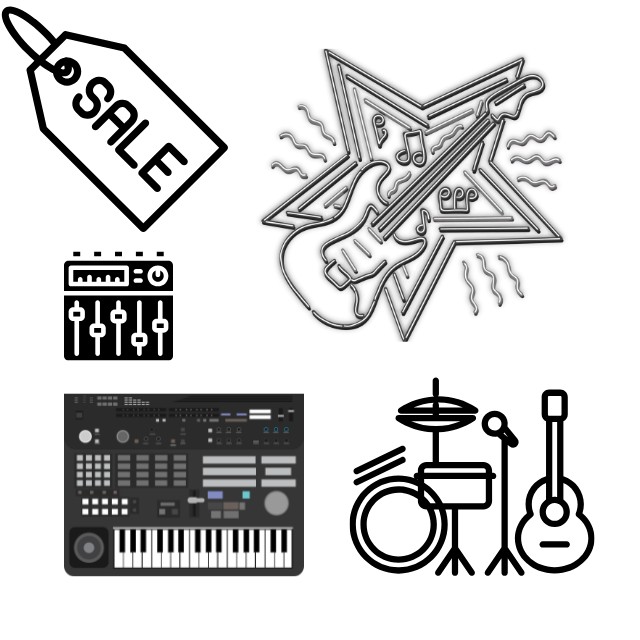

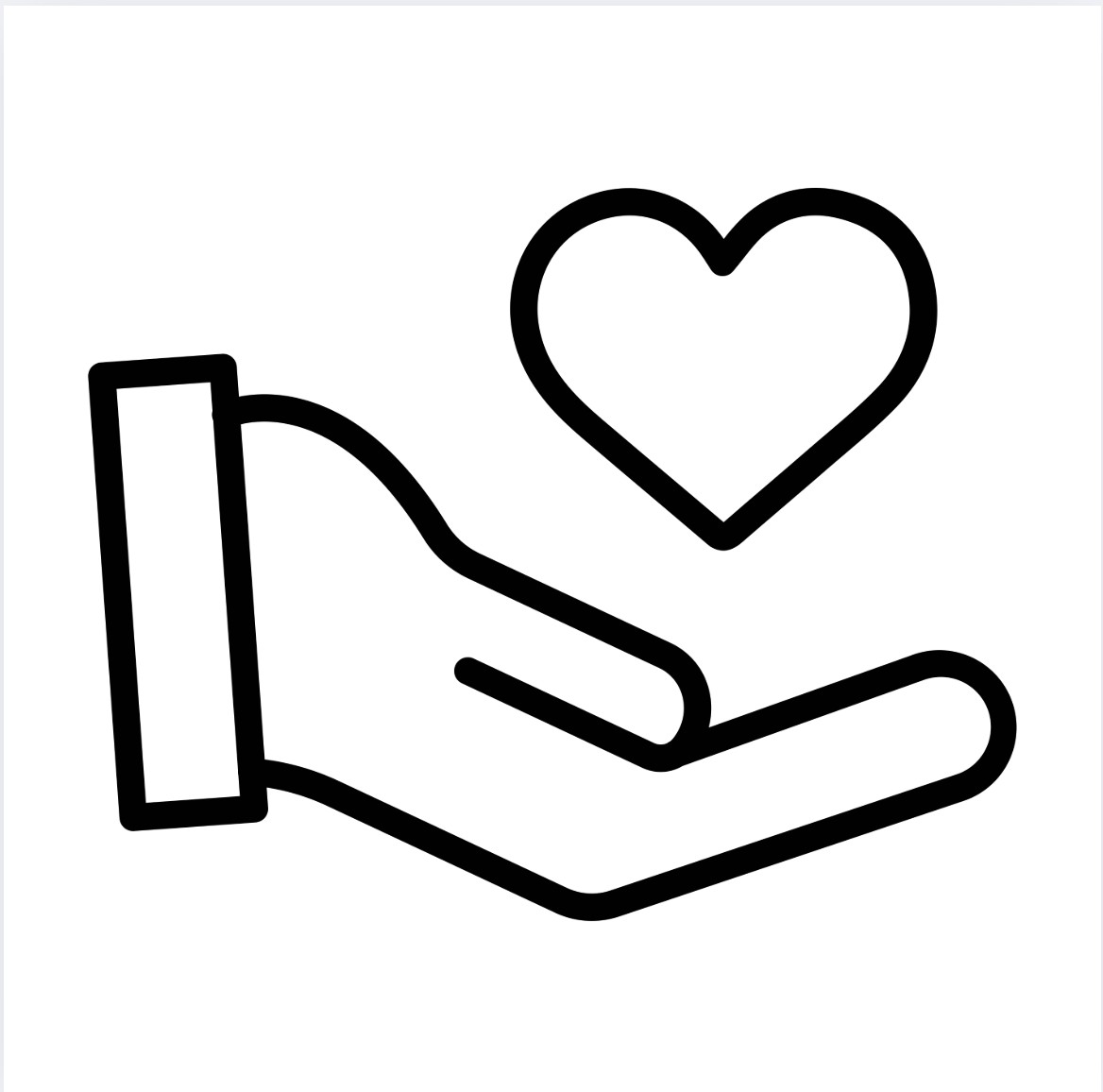

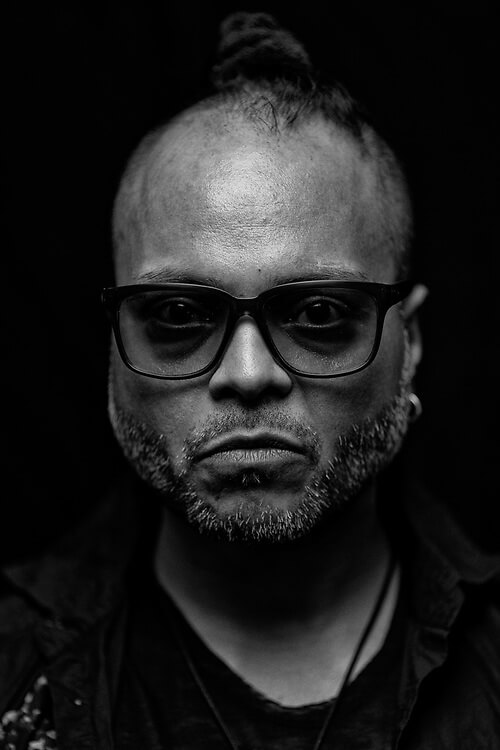
0 Comments